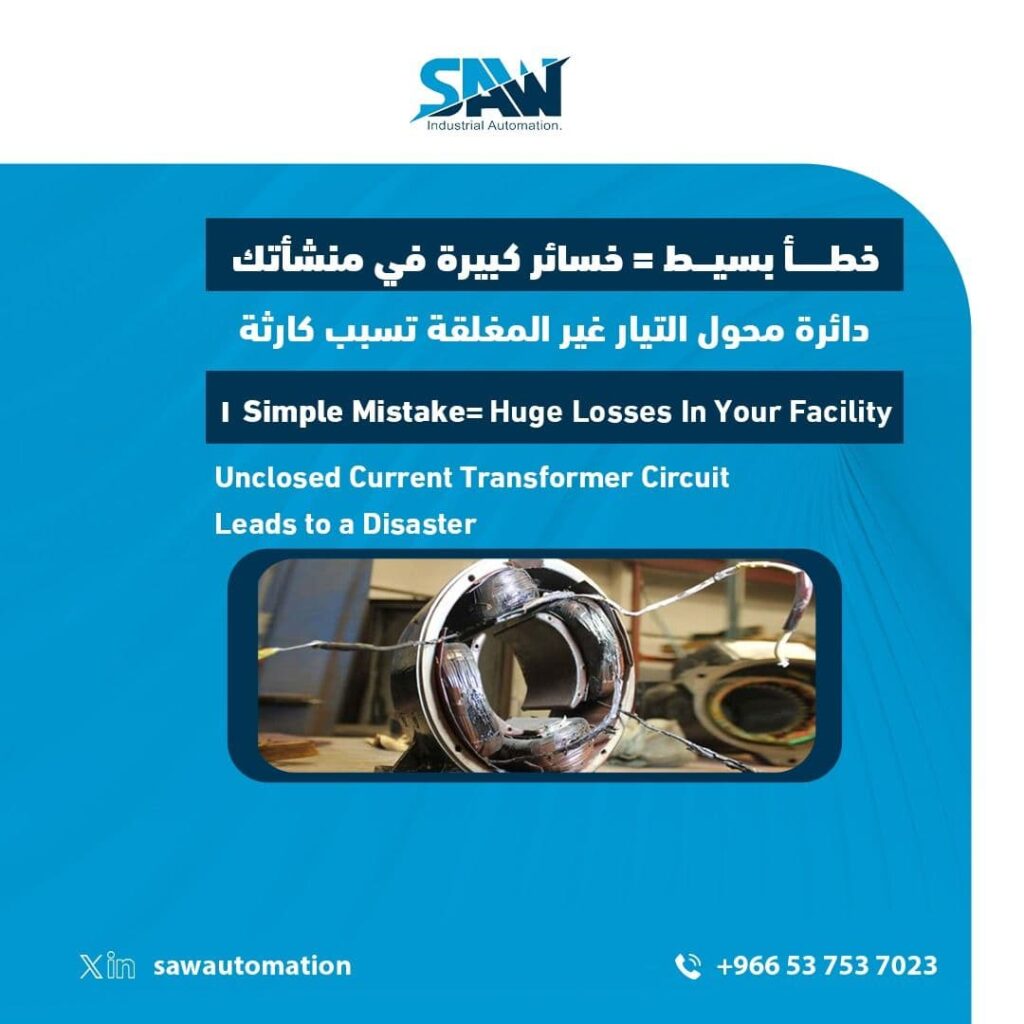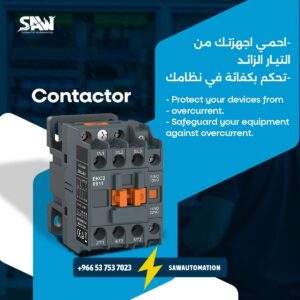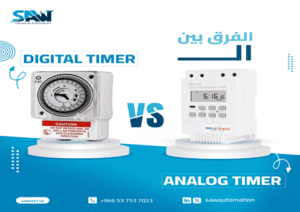Closed Current Transformer Circuit Damages

Closed Current Transformer Circuit Damages
Saw automation & electrical parts
The closed current transformer circuit is an exceptional case for electrical current transformers, which requires taking some precautions and important measures to reduce the damages and risks resulting from it.
There are many potential risks of these circuits that may affect the transformer or the devices connected to it, and may also threaten the safety of surrounding individuals. In our article today, we will discuss this and how to prevent it.
Closed Current Transformer Circuit
Before we delve into understanding what a closed current transformer circuit is, we will first learn about electrical current transformers. They are electrical devices used to convert high currents to low currents.
The importance of using these transformers lies in measuring and monitoring electrical current to avoid potential risks behind high electrical current, whether for devices or surrounding individuals.
As for the closed transformer circuit, it is the condition in which the circuit becomes closed with low resistance, or the secondary coil of the circuit is operated with insufficient load, and it is considered an abnormal condition for currents.
In such cases, it is possible that abnormal voltage levels may occur in the secondary circuit, resulting in significant damages and risks, which we will explain to you in more detail later.
Causes of Closed Current Transformer Circuit
After we have learned about the meaning of the term “closed current transformer circuit”, we will highlight in the following lines the reason behind the occurrence of this circuit and how it happens.
There are several reasons behind the occurrence of a closed transformer circuit, including the following:
• Connecting the secondary circuit without loading.
• Improper installation of secondary circuits, causing circuit deficiencies.
• Cases of not connecting appropriate measuring devices or loads to the secondary coil.
• Damage to the insulation of secondary coils.
Damages of Closed Current Transformer Circuit
There are many potential damages and risks from closed current transformer circuits, including the following:
High Voltage of the Secondary Coil
If the closed current transformer circuit has low resistance or is without load, it is expected that the voltage of the secondary coil will increase, resulting in risks and serious consequences for those around.
The increase in coil voltage may result in damage to the electrical insulation of the coil, leading to a short circuit in the transformer, and in some cases, it may cause damage to measuring devices due to inability to withstand the voltage.
Increase in Transformer Temperature
One of the potential damages of a closed transformer circuit is a dangerous increase in the transformer’s temperature due to abnormal currents passing through the transformer coils, and effects on induction and conduction.
This increase may cause some electrical malfunctions, and matters and risks may escalate when the transformer temperature rises significantly, which may cause the transformer itself to burn.
Transformer Damage
The closed current circuit of the transformer may cause damage to the transformer and malfunctions in the general electrical system. In this case, you will need to replace the damaged transformer to restore system operation.
Damage to the Electrical System
Another potential concern when relying on a closed current transformer circuit is the occurrence of a malfunction in the general electrical system, poor signal quality in the system, or damage to protection equipment.
Types of Current Transformers
In the context of our discussion today about the closed current transformer circuit, we will learn about the types of current transformers, which are as follows:
Indoor Current Transformers
These are transformers installed in metal enclosures, and there are many different types and shapes available, such as: wound current transformer and window current transformer, each with its own characteristics.
Outdoor Current Transformers
This type of transformer is relied upon for outdoor uses and exposed areas. They work using transformer oil or one of the appropriate fluids to apply safe insulation.
What are the Uses of Current Transformers?
After learning about electrical current transformers and the risks of a closed current transformer circuit, we will learn about the uses of current transformers, where the main use is in electrical protection systems.
Among the most prominent uses of current transformers in protecting electrical systems are the following:
Current Measurement
Powering current measuring devices that work on measuring and monitoring system performance, and reducing them to appropriate values to achieve safety and reduce risks. They should not be used in case of malfunctions.
Protection Systems
Working on powering protection relays, whose role is to detect abnormal electrical currents resulting from power system faults, and work on disconnecting the circuit when a danger occurs.
Choosing Low Voltage Current Transformers
Low voltage transformers are those with voltage less than 600 volts, and consist of a primary coil, a secondary coil, and a magnetic core, and they work based on the principle of electromagnetic induction.
Low voltage electrical current transformers are relied upon in many electrical devices and wireless circuits to adapt to voltage change conditions and achieve insulation and resistance.
If you want to obtain suitable current transformers, here are the most important selection criteria:
• Identify the type of transformer, whether it has a square hole with copper bars, or circular used in cable connection, and determine the transformer’s opening and size.
• Determine the site range and the transformer ratio for mutual induction, with the transformer ratio being slightly higher than the specified current ratio.
• In cases of wanting replacement, you can choose an open transformer circuit, especially if it is difficult to remove the wires.
• If the project is new, you can use a closed current transformer circuit, with the necessity of taking the necessary precautions, which we will explain later.
How to Prevent Closed Current Transformer Circuit
Due to many concerns about the risks and damages resulting from the closed current transformer circuit, care must be taken to prevent this circuit in order to achieve safety and preserve devices.
Here are the most prominent ways to prevent closed current transformer circuits:
• Ensure to connect the secondary coils of transformers to measuring devices with appropriate resistance.
• Verify the ability of loads to adapt to the transformer current and voltage size.
• Use protection devices and protection resistance to reduce the chances of high voltage occurrence, which may result in many risks and damages.
• Use relays or circuit breakers to ensure transformer disconnection in case of detecting unsuitable loads.
• Purchase high-quality electrical current transformers equipped with advanced insulation and protection systems from one of the reliable companies, which guarantees you better performance and longer lifespan.
• Be sure to conduct inspections of current transformers to check for damage points or to ensure the safety of circuit connections and insulation.
In general, there are some potential risks from damaged transformers; therefore, they must be handled with care and precision, and there are some indicators of a problem or damage to the transformer.
Among the most prominent of these indicators is the emission of unusual and annoying sounds from the transformer. In this case, an electrician should be consulted to detect the source of the problem and work on fixing it.
It is necessary to adhere to operating current transformer circuits safely in order to obtain safe and highly efficient electrical systems, and to maintain the safety of workers and surrounding individuals at the site.
In the case of a closed current transformer circuit, care must be taken to check the safety of the circuit from time to time in order to detect any deficiencies and address them to avoid potential complications.




